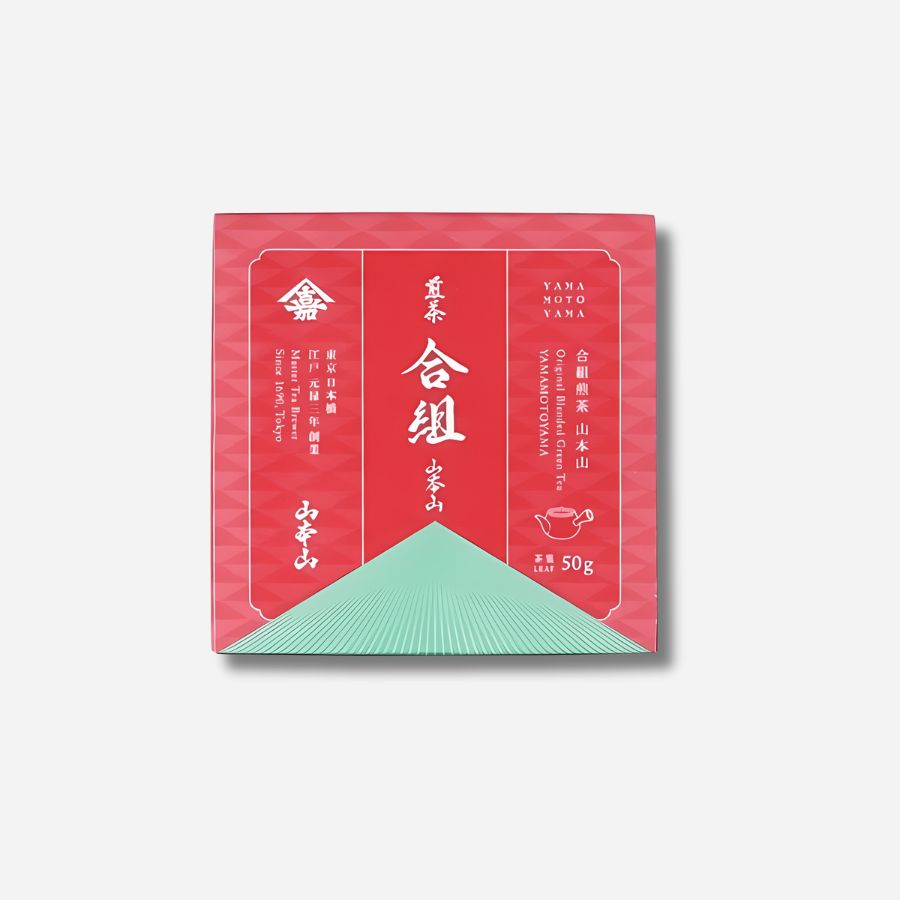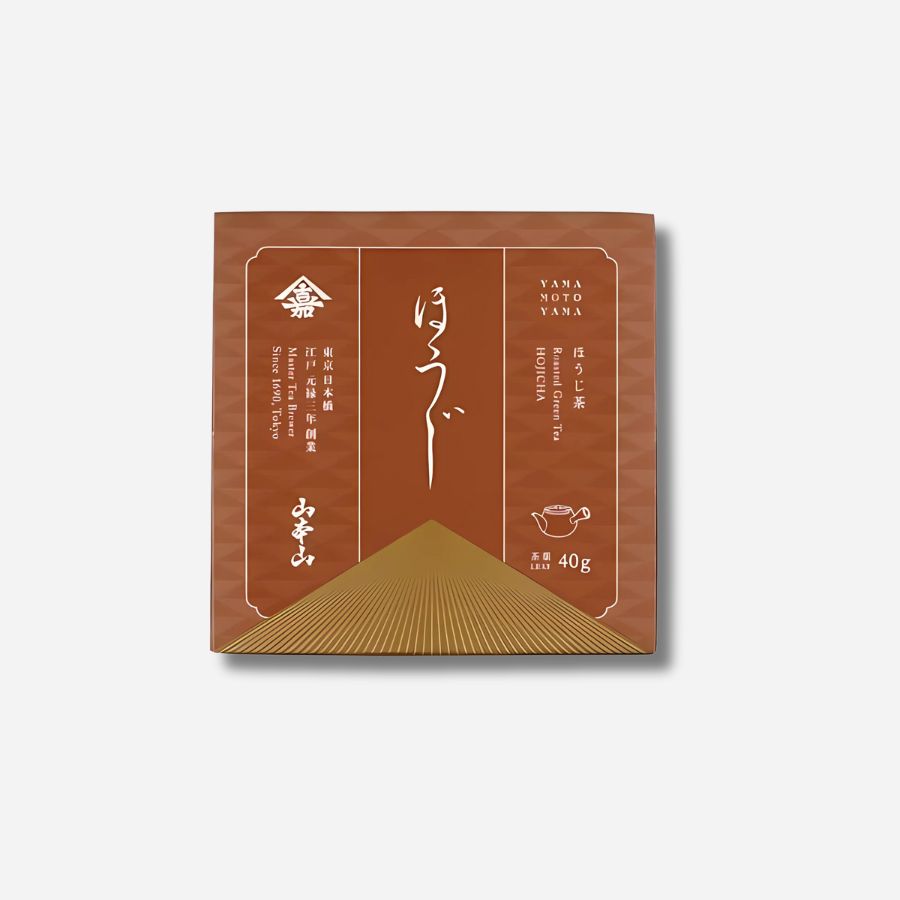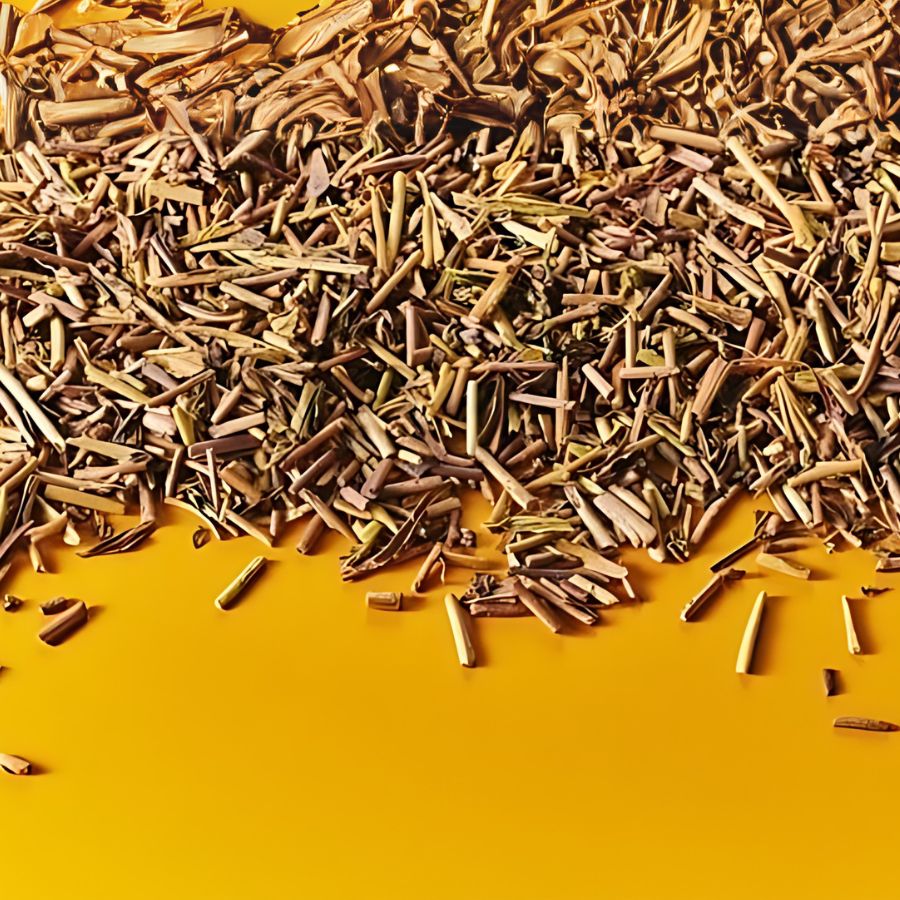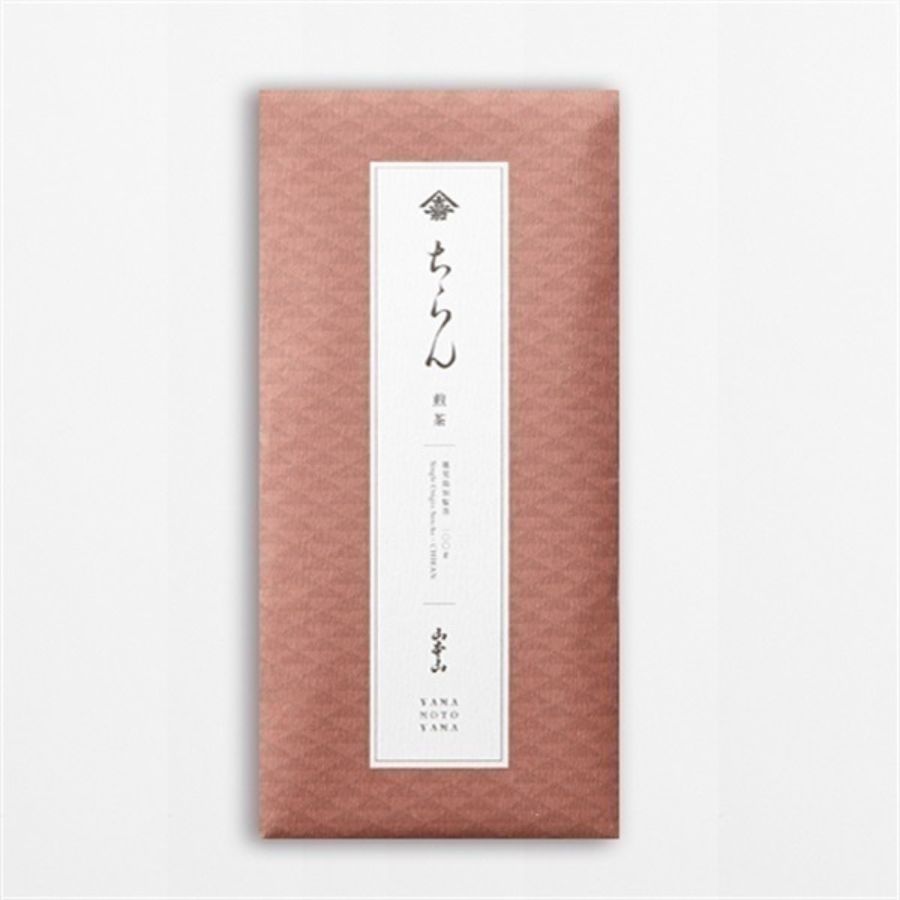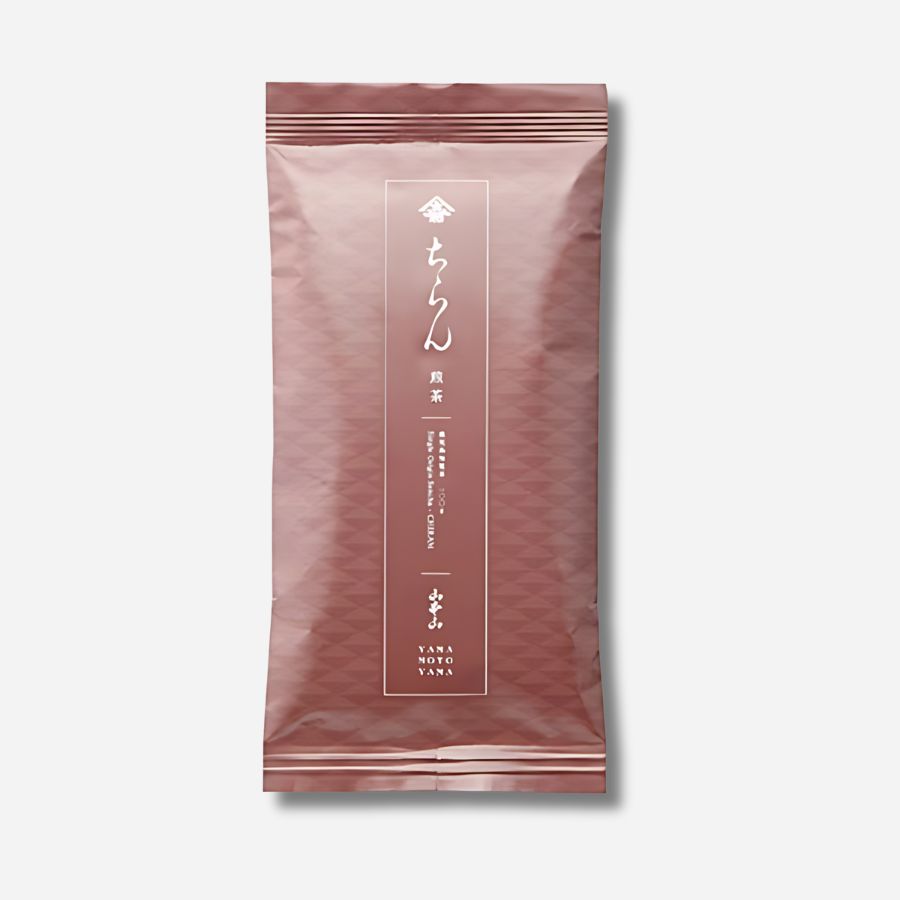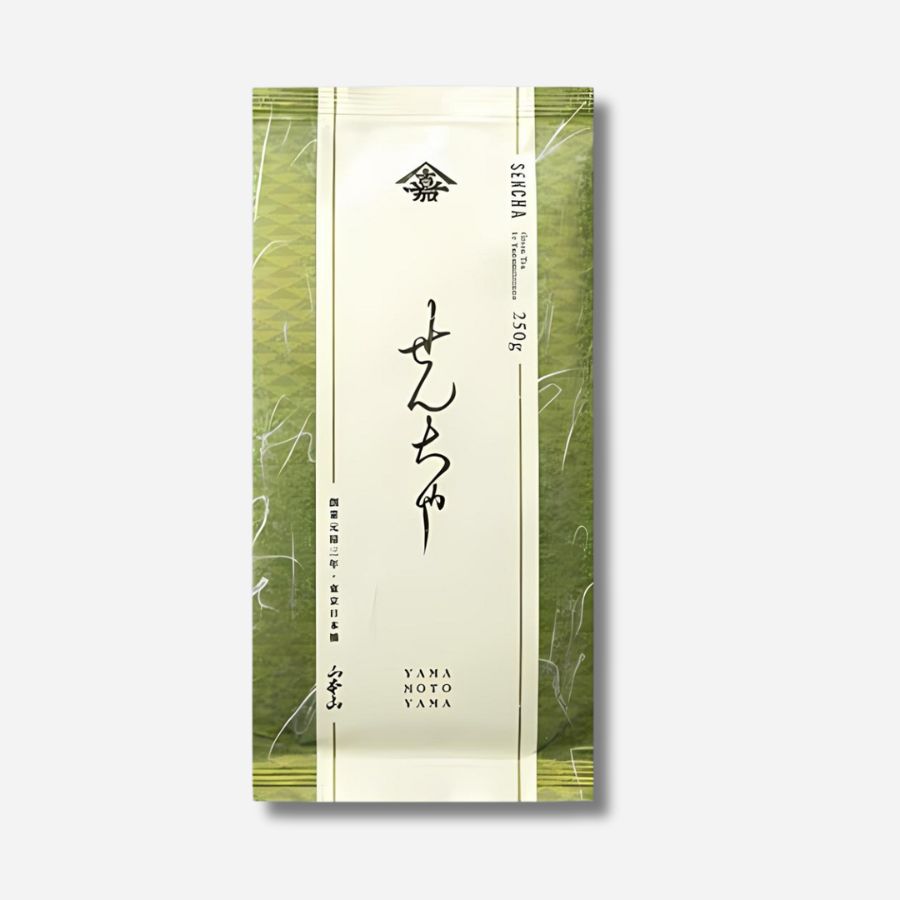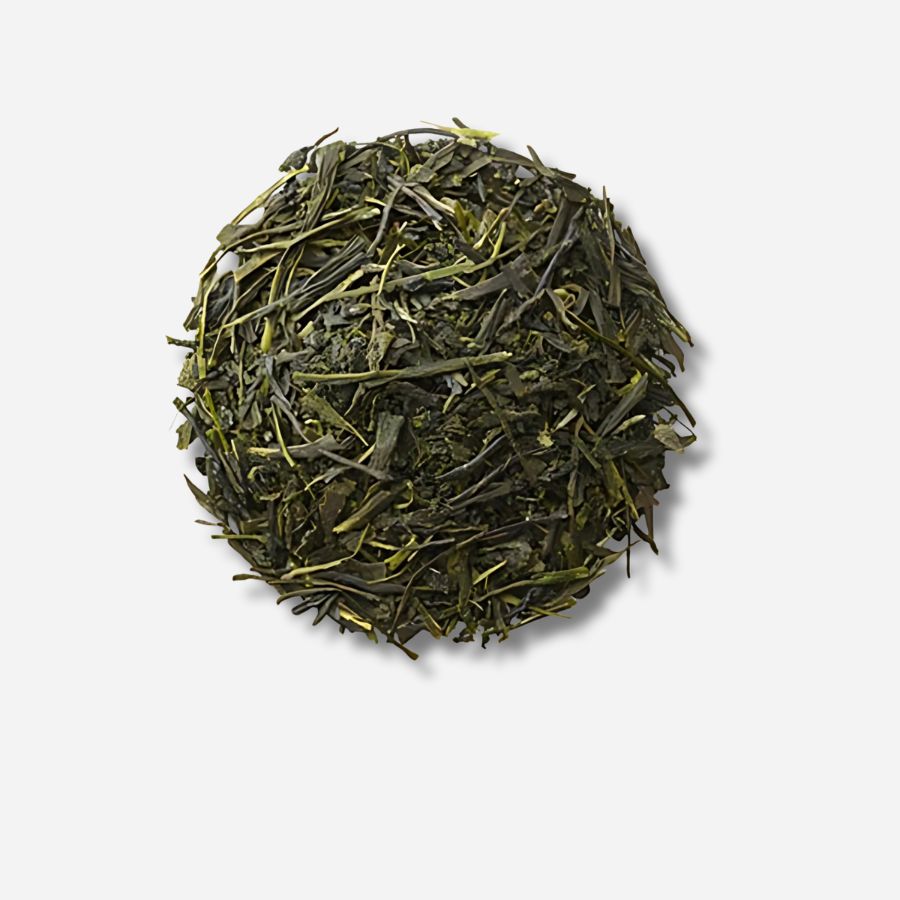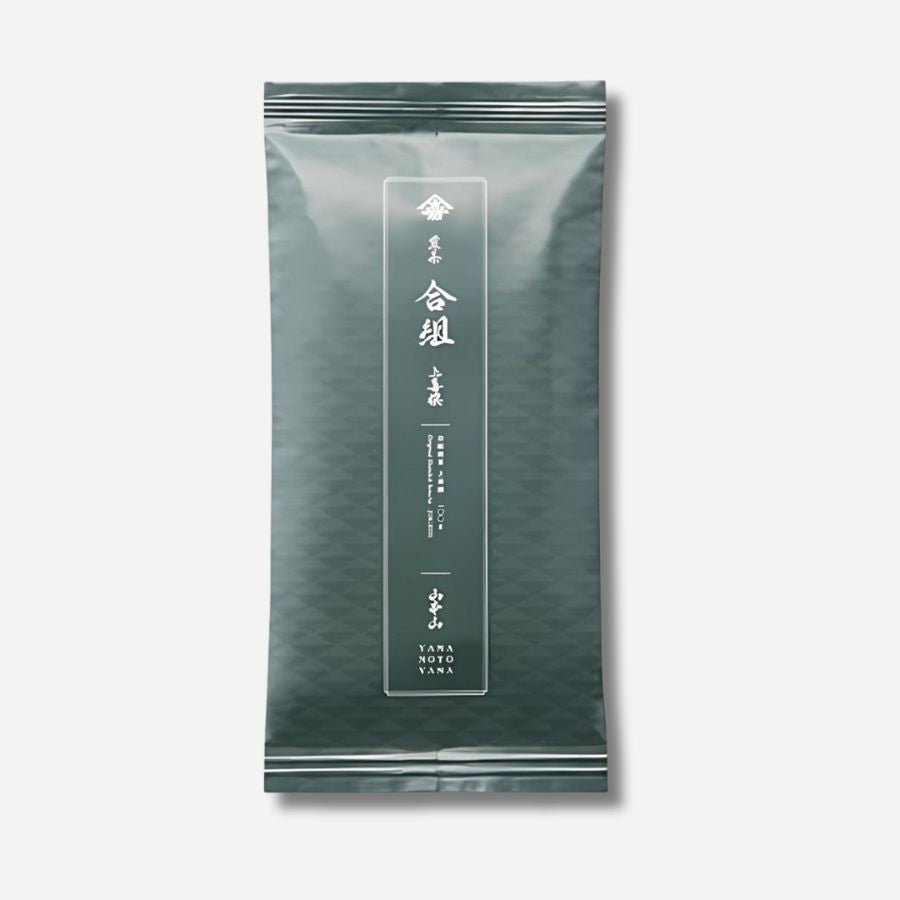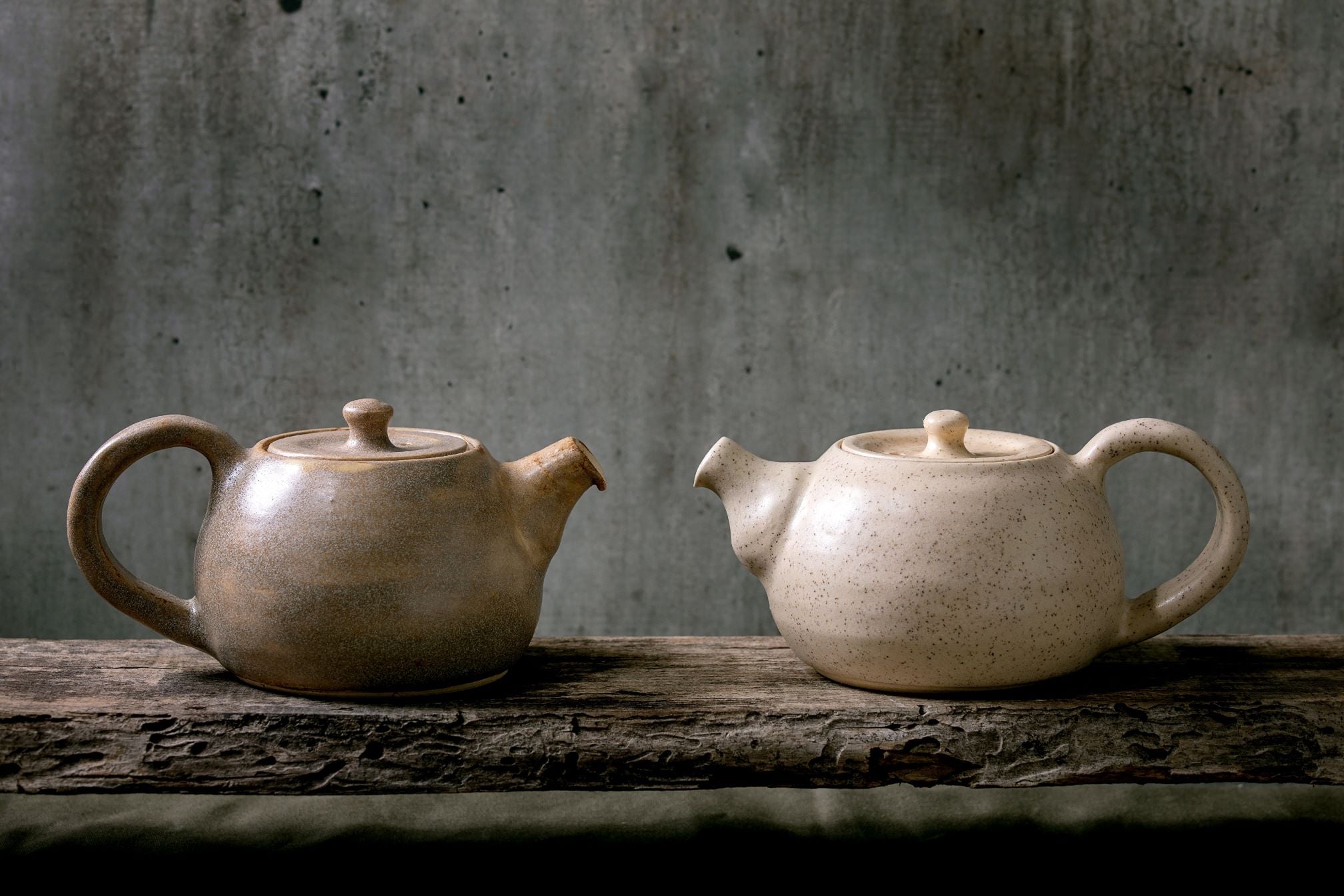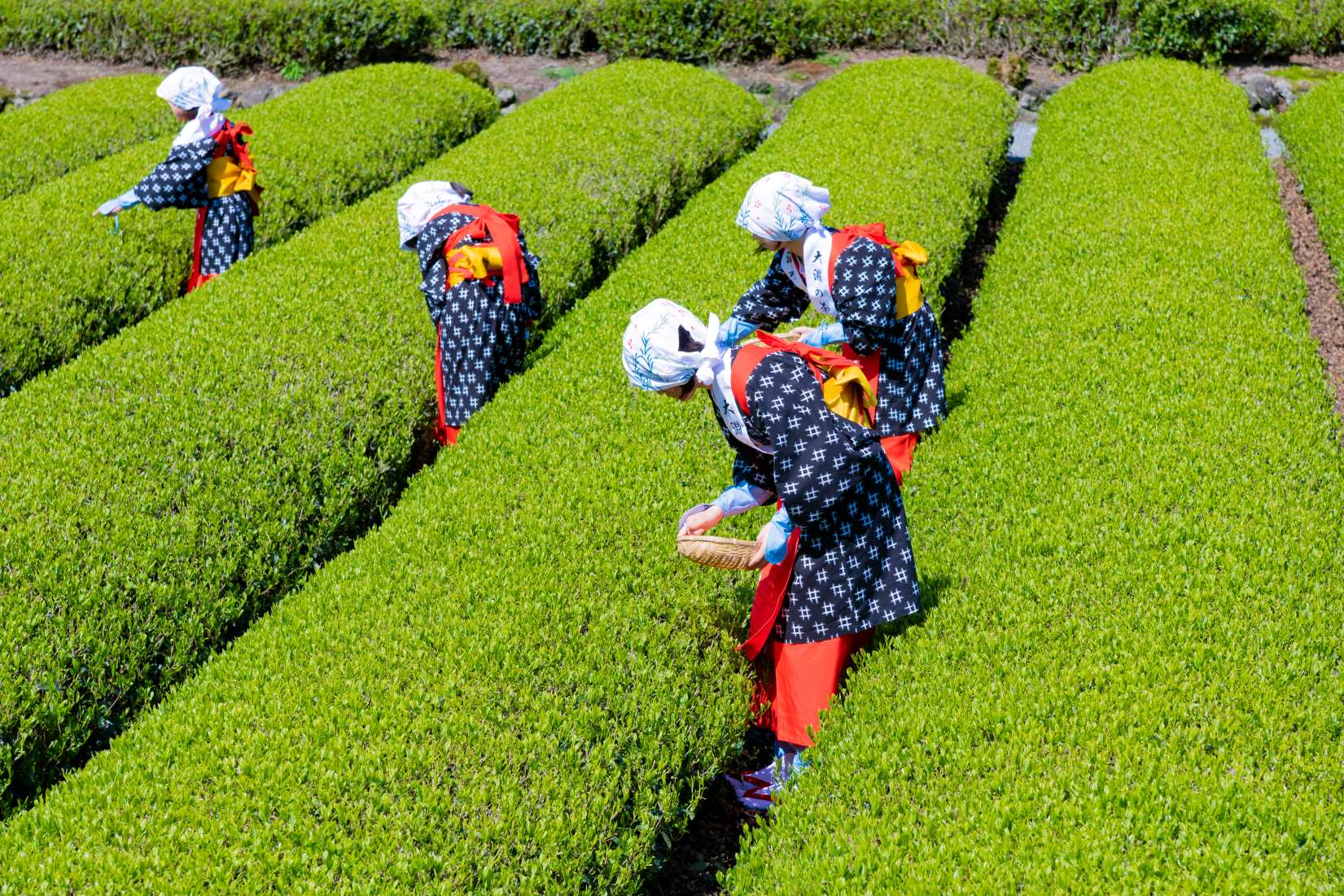
Does the time of picking determine the quality of tea leaves? The secret of delicious tea
Introduction
The new tea harvest begins in Kagoshima in early April and then spreads across Japan.
The cup of green tea we drink comes from tea leaves that have been carefully tended by tea farmers and harvested at the perfect time.

The quality of tea leaves depends on the time of picking
The quality of the tea leaves is greatly influenced by the time of picking, so it is extremely important not to miss this timing.
So how do you decide when to pick tea?
While this varies depending on the climate and variety of the year, it is generally determined based on an index known as the "degree of opening."

A new bud has 5-6 leaves inside it, which gradually open as it grows. This last leaf is called the "flag leaf," and when it opens it is said to have "opened."
The percentage of new buds that have opened out of the total number of buds within a certain area is called the "degree of opening," and it is considered optimal to pick when this percentage is between 50% and 80%. However, if you are picking early, you can also pick when it is between 30% and 50%.

The timing of plucking has a significant impact on the quality and yield of the green leaves.
When the buds are at their peak of softness and flavor, they have not yet fully grown and the yield is low. On the other hand, when the yield is at its peak, the leaves have opened too much, making them hard and increasing their astringency.
For these reasons, it is best to pick the tea leaves when there is a certain yield and the quality does not deteriorate too much. The timing of picking greatly determines the quality of the tea leaves that year.

Carefully hand-picked "one core, two leaves"
When the leaves have opened to 4-5 stages, it is said that the best way to pick tea is to pick only the top "one bud, two leaves" or "one bud, three leaves" by hand.
This "one core, two leaves" is the most tender part of the sprouts and is where the flavor is concentrated.
Picking only the tender leaves is a very time-consuming task, so not all tea plantations do it.
Nowadays, mechanical plucking is the norm, but this method is still used when producing tea to be entered in tea competitions during the new tea season.

What is "Miru Me"?
In the world of tea, the term "miru buds" is often used.
This refers to the soft shoots that are rich in umami ingredients. In contrast, the hard shoots that are hard and have a bitter taste are called "hard leaves." The name originally comes from the dialect "mirui" in the Hamamatsu area of Shizuoka Prefecture, which means "young, weak, and soft."

In order to produce high-quality tea, it is said that it is best to pick the tea when it is in the mirumbu stage (when the leaves are soft), which has low levels of tannins and other ingredients and is rich in umami amino acids.
Recently, the "miru bud picking" method is recommended for making good quality tea, not only for the first harvest but also for the second harvest. To make good quality tea, attention is paid to the hardness of the leaves as well as the content of flavor components in the leaves.

summary
To bring out the best in tea, it is important to accurately determine the picking time.
Tea farmers use the "degree of opening" as a reference to pick the buds at the optimal time, taking into consideration the softness of the buds and the amount of umami components.
In this way, thanks to the tireless efforts of tea farmers, we are able to enjoy a wide variety of teas throughout the year.





